
Starting June 1st, 2023 Our warehouse fee will be $0.65/cubic foot per month
In effort to lower the warehouse storage fee during inflation, we have went narrow aisle racking.This construction took us four months but the project is finally completed. With narrow aisle racking, we are able to drop storage by 24%.We as partners will go through this inflation together.
03/07/2024
Amazon stands tall as a global eCommerce powerhouse, offering a vast online marketplace. However, navigating this giant platform comes with its own set of challenges, primarily in the form of Amazon seller fees.
These fees play a pivotal role in determining the overall cost of selling on Amazon, prompting online entrepreneurs to strategize and discover ways to minimize expenses for enhanced profitability. In this blog post, we delve into the intricacies of reducing Amazon shipping costs, offering valuable insights for sellers aiming to optimize their bottom line.
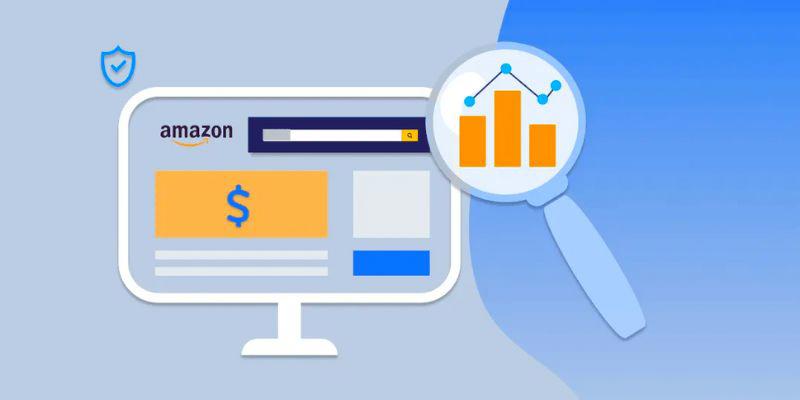
Ever wondered about the nitty-gritty of selling on Amazon? The initial step of listing your products comes at no cost, but once those sales start rolling in, Amazon takes its share. The Amazon selling fees are determined by three key factors: shipping fees, referral fees, and Variable Closing Fees (VCF).
If you're considering the Individual Selling Plan, be prepared to shell out $0.99 for each item you sell, in addition to variable closing fees ranging from $0.45 to $1.35, which cover shipping costs. This option caters to small business owners with a monthly sales volume of fewer than 40 items.
On the other hand, the Professional Selling Plan, known as the Pro Merchant, demands a $39.99 monthly membership subscription fee. In return, you face referral and variable closing fees ranging from six to 25 percent. The advantage? No per-item $0.99 Amazon seller fee. This plan suits businesses dealing with 40 or more products monthly.
It's essential to note that referral and variable closing fees are deducted from the overall product sale amount, encompassing the selling price, shipping fees, and related charges. The percentage varies based on the product category.
For those opting for Fulfillment By Amazon (FBA), brace yourself for a different fee structure, calculated with the help of an Amazon FBA fee calculator. While this method offers convenience, additional charges come into play, dependent on your product's size, weight, and the duration it resides in Amazon's warehouse. Selling on Amazon isn't just about the profits; it's about understanding the intricate web of fees that come with the territory.
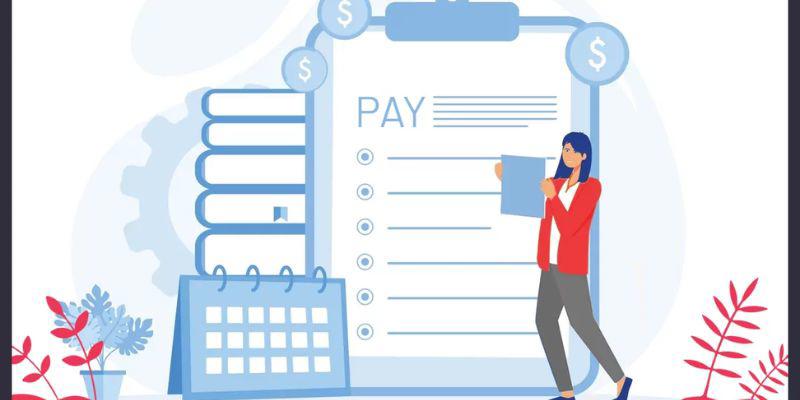
Ever wondered how Amazon calculates those seller fees? It's not a one-size-fits-all scenario – your location plays a pivotal role. Brace yourself for a whirlwind of considerations as Amazon takes into account various factors to determine your seller fees. These factors include the nitty-gritty details of order handling, the precision of picking and packing, the logistics of outbound shipping, deft handling of product weights, the intricacies of 30-day storage, and the journey of inbound shipping. Oh, and let's not forget the helpful prep service.
Enter the Amazon seller fees calculator – the wizard behind the curtain. This magical tool weaves together all the aforementioned factors to conjure up the final fee structure for your products on the platform. If you're hands-on in fulfilling orders, here's a silver lining – certain aspects, like weight handling and storage, won't dent your wallet. Let's dive into the fascinating world of Amazon seller fees and unveil the secrets behind the numbers.
If you opt for your Amazon orders, here's the process breakdown:
👉 Amazon FBA vs Dropshipping in 2024? Which is the choice for you?
👉 Amazon Fulfillment By Merchant (FBM): Best guide for beginners
👉 Step-by-Step Guide: How to Export Your Amazon Order History to a Spreadsheet
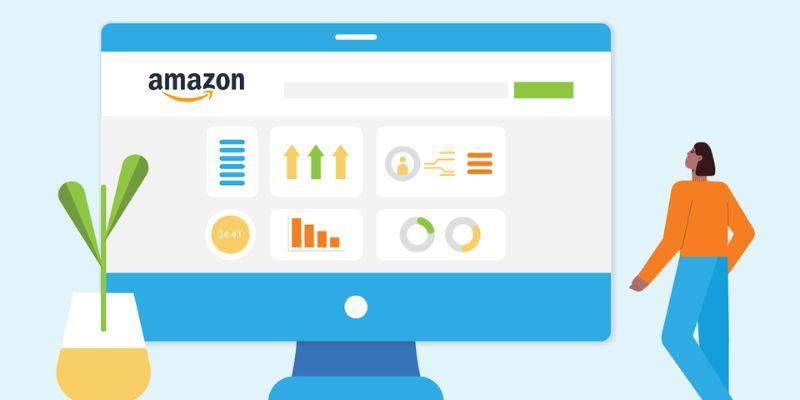
In the dynamic world of e-commerce, Amazon ensures its third-party sellers receive their earnings promptly, following a bi-weekly payout schedule. Yet, for newcomers to the platform, this payout rhythm might be subject to a slight delay, primarily attributed to the time it takes to establish and verify their banking details. This setup process typically spans anywhere from a swift one-week setup to a maximum of 30 days.
Once your account is successfully configured, the payment process becomes more streamlined. Thanks to the user-friendly Amazon FBA calculator, fees are effortlessly tabulated, deducted, and your accumulated earnings are disbursed every two weeks. To break it down further, payments are generally processed every other Saturday, and by the subsequent Tuesday of the following week, the funds are ready and waiting for the seller to access. This regular payout cycle ensures a reliable and predictable flow of income for Amazon sellers, fostering a smoother and more convenient selling experience.
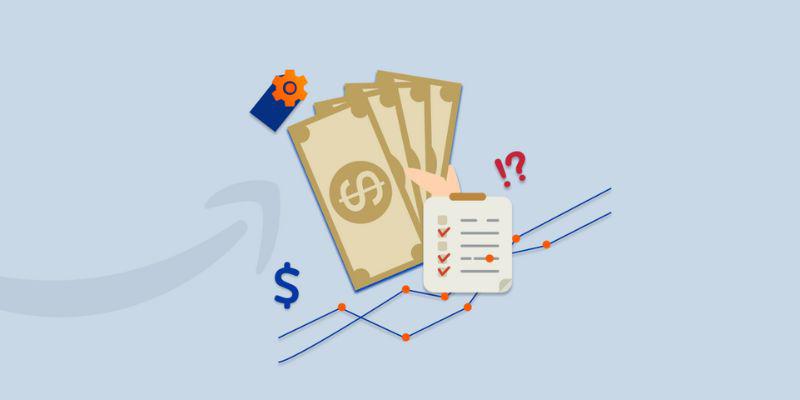
Are you an Amazon seller looking to maximize your profits? Navigating through the world of Amazon fees and expenses can be tricky, but fear not – there are strategic moves you can make to minimize your selling costs. Let's dive into 10 valuable tips on how to reduce the cost of selling on Amazon without compromising your business efficiency.
Take control of your shipping costs by printing labels online. It's a straightforward yet effective way to save money, especially if you're handling your shipments through Amazon.
For sellers dealing with lightweight items, USPS Priority Mail is a game-changer. With free boxes and potential cost savings compared to flat-rate options, it's a smart choice for savvy online merchants.
If your business involves consistent large shipments, leverage your volume to negotiate significant discounts with your chosen courier. Lower shipping costs mean more money stays in your pocket.
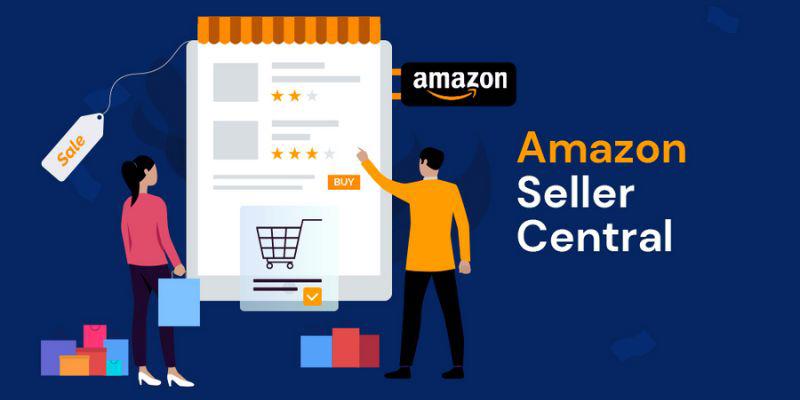
Your choice of product category directly impacts the Amazon referral fees you pay. Optimize your profits by selecting categories with lower referral fees – for example, beauty products and backpacks can have fees as low as three to six percent.
Don't overlook the cost-saving potential of using recycled packing materials. Hunt for used boxes both online and offline, and consider alternatives like shredded magazines and newspapers for padding.
Couriers often calculate fees based on volume rather than weight. Explore cost-saving opportunities by adjusting your shipping strategy – sending two smaller boxes may be more economical than one large box.
Increase your profit margin by focusing on products with a higher selling price. Aim for items priced at $35 and above to minimize fees. For instance, a $144 kitchen appliance incurs a fee of 16.2 percent, significantly less than a $15 item with a 36.2 percent fee.
Stand out and cut costs by securing exclusive rights from suppliers. As the sole distributor of unique items, you can charge premium prices without worrying about fierce competition.
Reduce Fulfillment by Amazon fees by carefully calculating the VCF for each product. Selling higher-priced items can be more lucrative, as the fees are proportionally lower.
Tailor your approach based on your product's price. If your items are under $15, consider avoiding Fulfillment By Amazon (FBA), as fees are weight-based, not price-based. Make strategic decisions to optimize your selling strategy.
By implementing these savvy strategies, you can navigate the Amazon marketplace while keeping more of your hard-earned money in your pocket. Happy selling!
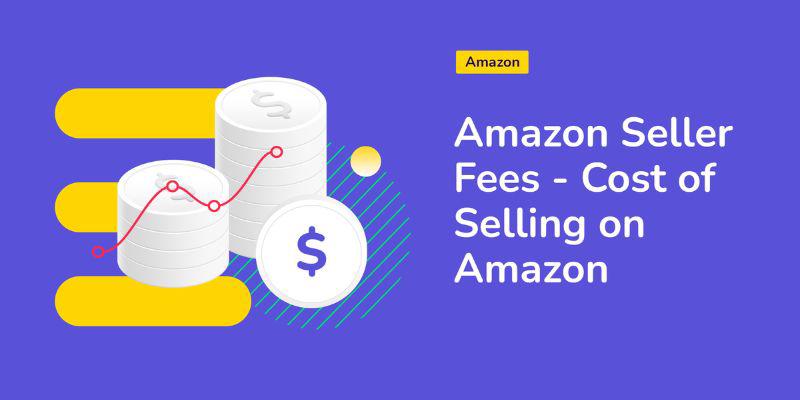
Running an Amazon business comes with its fair share of costs, and those seller fees can quicklya eat into your profits. However, fear not! There are strategic moves you can make to trim down those expenses and boost your bottom line. By strategically managing referral and variable closing fees, carefully curating your product selection, breaking down shipments into smaller packages, skillfully negotiating for discounts, and utilizing free or lightly-used packing materials, you can swiftly bring down your overall Amazon selling costs.
But wait, there's an even more efficient way to cut those expenses - enter WorldCraft Logistics (WCL)! We've got the ultimate solution for Amazon sellers looking to maximize savings. With WCL, you gain access to a plethora of shipping options from top-tier global couriers, all at jaw-dropping discounts of up to 91% off. Ready to take control of your Amazon store expenses? Waste no time and sign up for WorldCraft Logistics today. It's the smart move to sync up your Amazon operations and start witnessing significant savings!
SEO
Digital Marketing/SEO Specialist
Simon Mang is an SEO and Digital Marketing expert at Wordcraft Logistics. With many years of experience in the field of digital marketing, he has shaped and built strategies to effectively promote Wordcraft Logistics' online presence. With a deep understanding of the logistics industry, I have shared more than 500 specialized articles on many different topics.

Amazon Handbook
02/20/2023
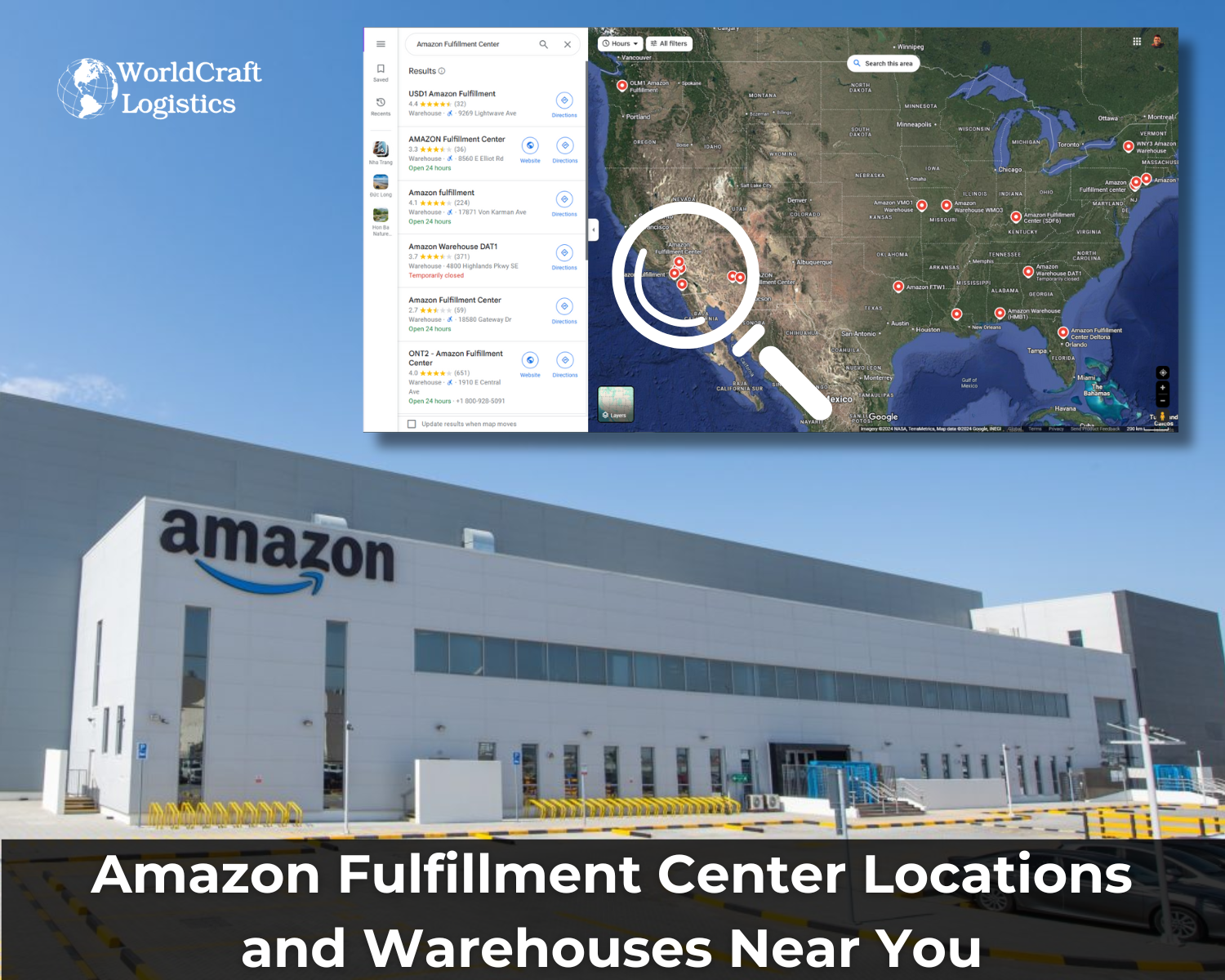
Amazon Handbook
11/10/2024
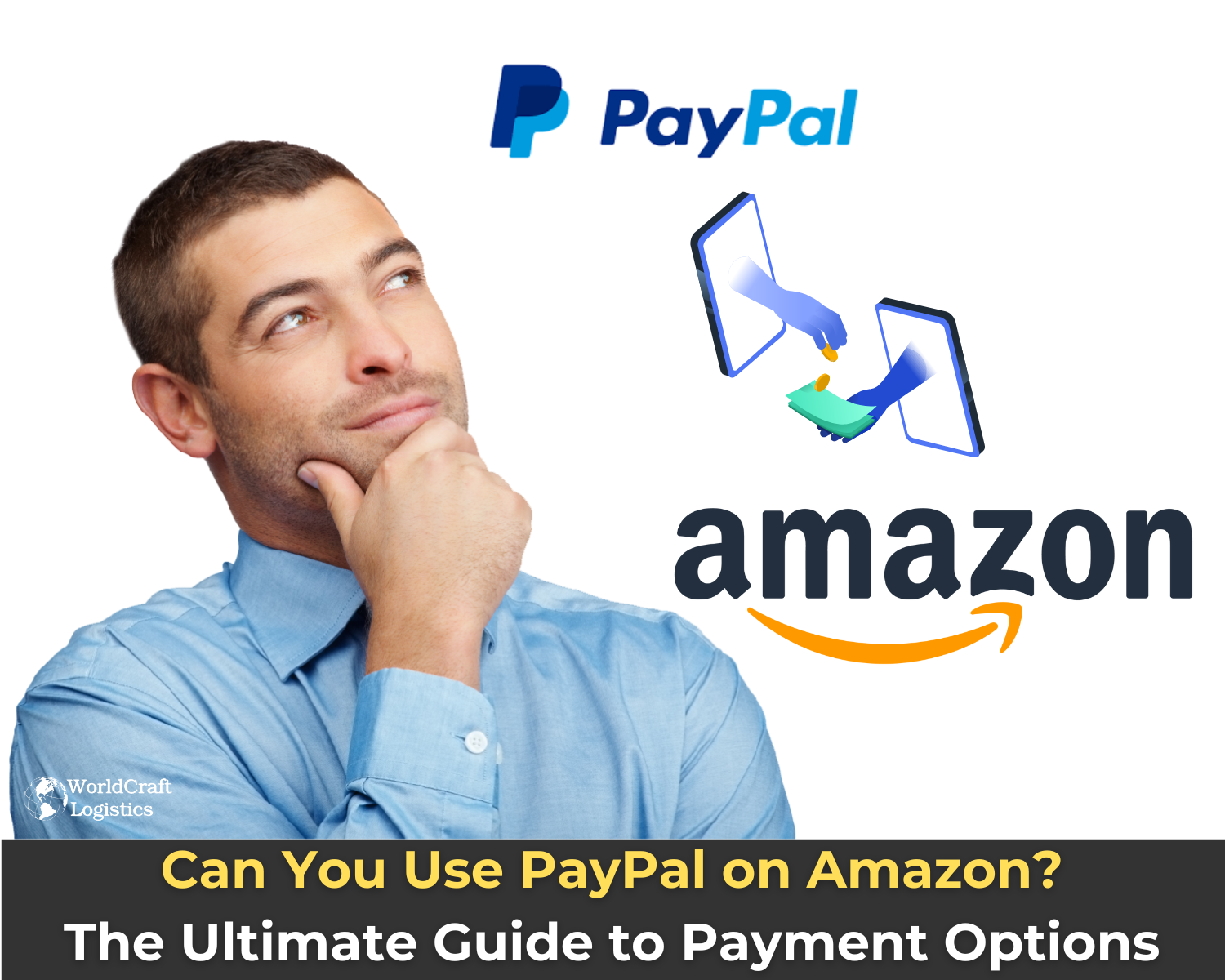
Amazon Handbook
09/15/2024
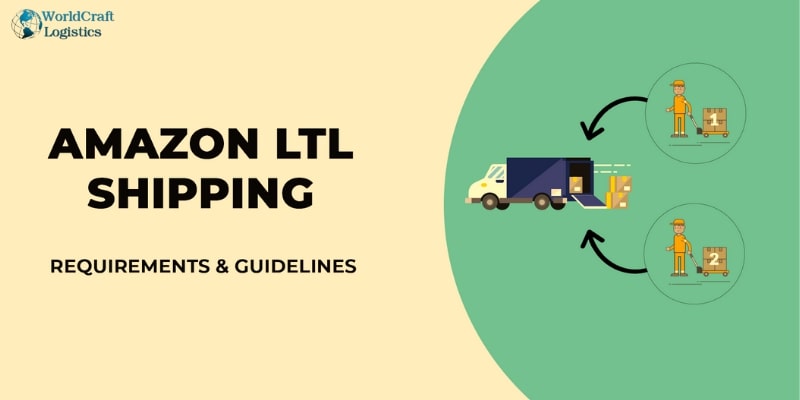
Amazon Handbook
10/15/2023
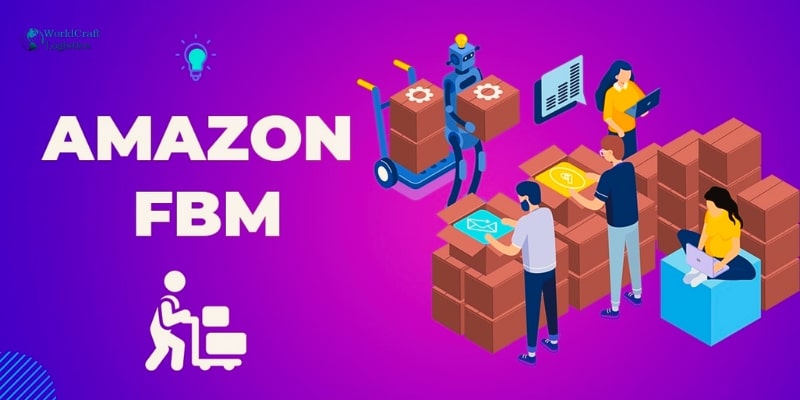
Amazon Handbook
12/04/2023